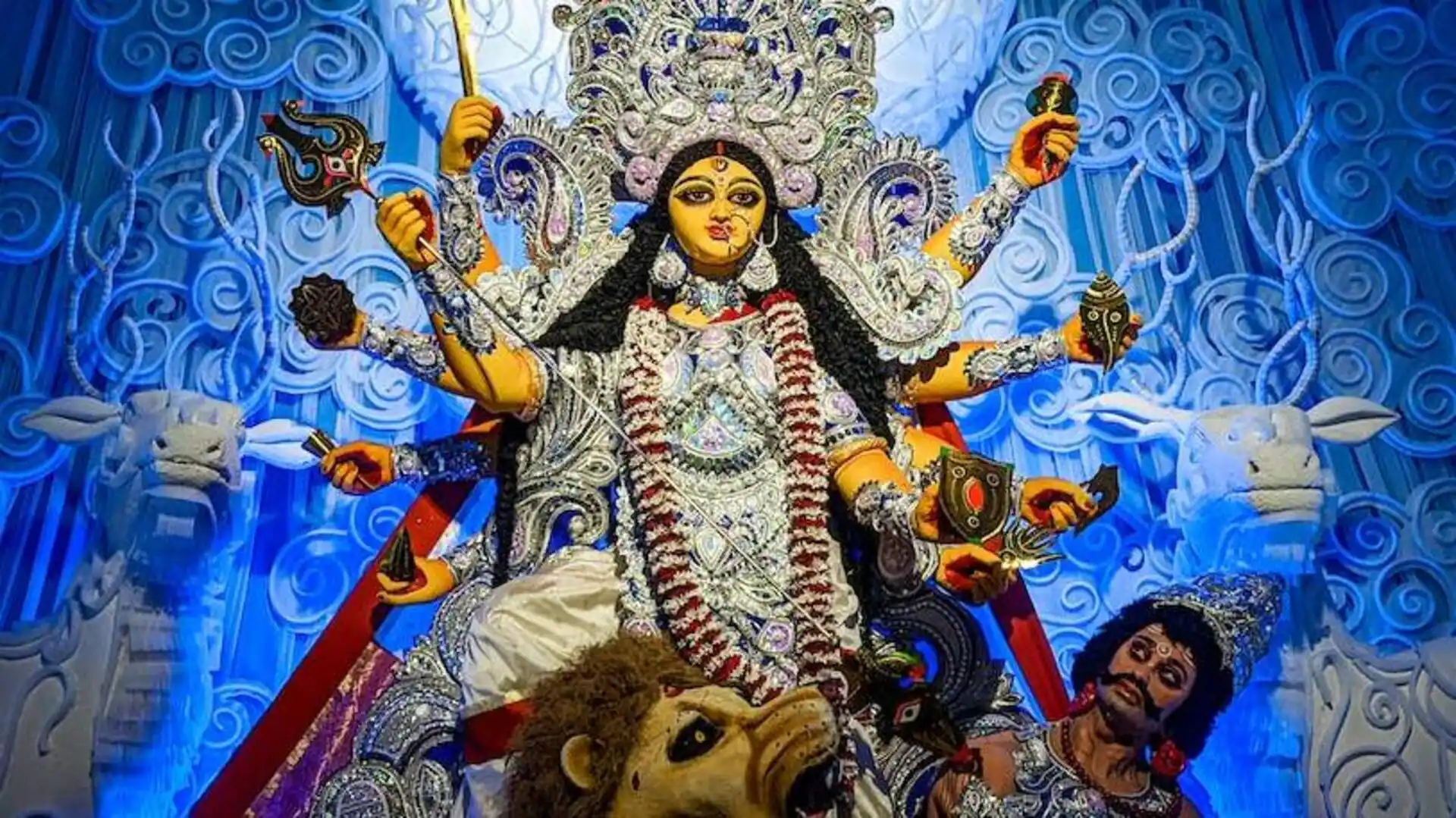iqsafe.info – The Baalbek International Festival is a prestigious cultural event held annually in the ancient Roman ruins of Baalbek, Lebanon. This extraordinary festival transforms the majestic archaeological site into a stage for world-class performances of classical music, opera, and dance.
A Harmonious Blend of Past and Present
The juxtaposition of ancient ruins and contemporary performances creates a unique and captivating atmosphere. The majestic columns, temples, and courtyards of Baalbek provide a stunning backdrop for the festival’s diverse program, which features renowned international artists and ensembles.
A Celebration of Classical Music
Classical music enthusiasts flock to Baalbek to witness breathtaking performances by renowned orchestras and soloists. The acoustics of the ancient site amplify the sound of the music, creating a truly immersive experience. The festival often includes performances of iconic classical pieces, such as Beethoven’s symphonies and Mozart’s operas, as well as contemporary compositions.
Opera Under the Stars
The open-air setting of Baalbek makes it the perfect venue for opera performances. The dramatic lighting and sound effects, combined with the grandeur of the ruins, enhance the theatrical experience. Opera lovers can enjoy timeless classics like “La Traviata” and “Aida” performed by world-class opera companies.
Dance Performances and Cultural Exchange
The festival also showcases the beauty and diversity of dance from around the world. Ballet, contemporary dance, and traditional folk dances are performed by talented dancers from various cultures. These performances often blend traditional and contemporary elements, creating a unique and captivating fusion of styles.
A Cultural Pilgrimage
Beyond the musical performances, the Baalbek International Festival offers visitors the opportunity to explore the rich history and cultural heritage of Lebanon. The ancient ruins of Baalbek, a UNESCO World Heritage Site, are a testament to the engineering prowess and artistic creativity of the Roman Empire. Visitors can take guided tours of the site, learning about its history and significance.

